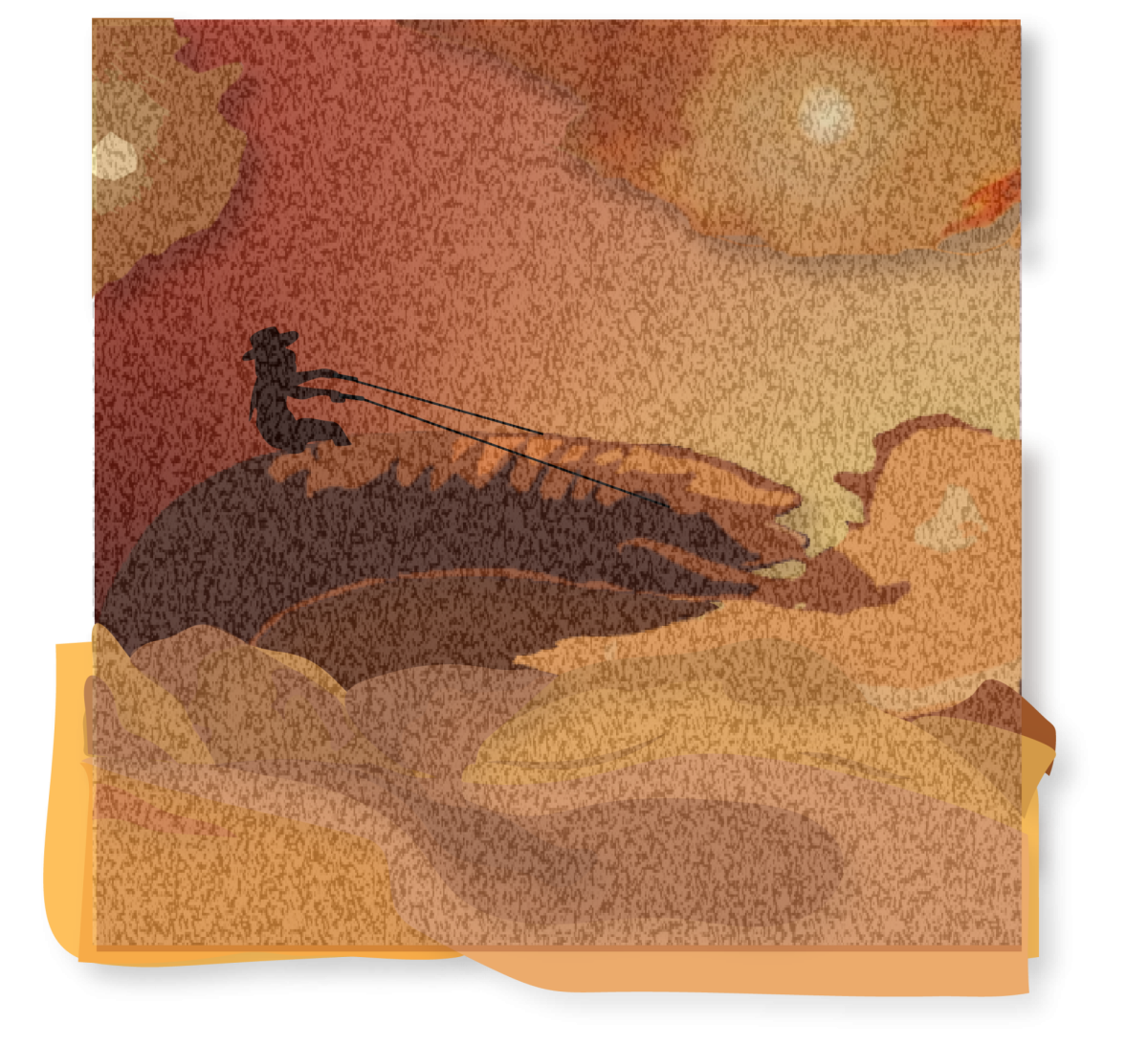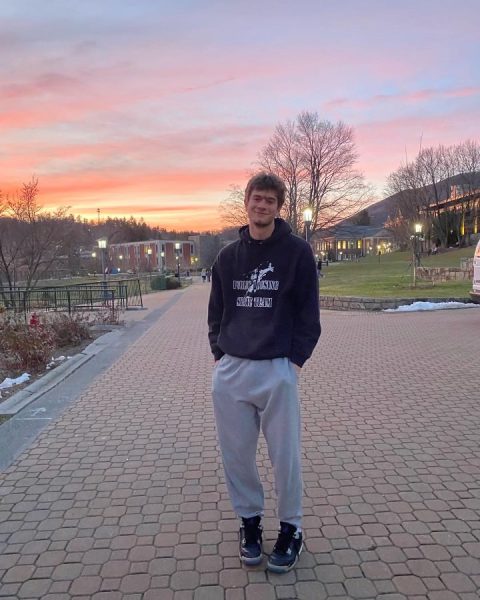Not long after the beginning and not far from the end of “Dune: Part Two,” squads of nameless, faceless soldiers are depicted torching piles of nameless, faceless bodies. The violence is shocking. The bodies burn under a grim orange sun as the narrator tells the audience that the acts are all in the name of “holy war.” They are also a consequence of intergalactic conflict over “spice,” a natural resource native only to the planet Arrakis, also known as Dune, that provides the means for space travel. Despite the science-fiction set dressing, those acts of brutality resemble the history of oil-drenched battles on our own deserts, under our own sun.
“Dune: Part Two” is an undeniably virtuosic feat of moviemaking. Yet before praising its various breathless moments of pure escapism, it’s worth mentioning the inescapable: its depiction of desert warfare is far from a galaxy far, far away.
The first “Dune” film is a masterwork in cool. Its cinematography, production design and visual effects were among six Oscars the film received at the 94th Academy Awards, and for good reason. Its spaceships, planets, costumes, palaces, weapons and giant sandworms are stunning, and the scale at which they’re rendered is staggering. There’s a monumental feel to “Dune,” not only in its science-fiction accomplishments, but in the impressive coldness of their grandeur. That chilly energy extends to its performances. Charismatic stars like Timothée Chalamet, Oscar Isaac and Josh Brolin turn in solid but inaccessible turns on screen. Some of this goes with the territory. Chalamet is young nobility in the great house of Atreides. Isaac portrays his father and ruler of their house, Duke Leto Atreides. Their royal status makes for performances with a restrained austerity, rather than accessible relatability.
“Dune: Part Two,” meanwhile, is pure heat, warmth and fire. Where the first film was populated with dukes and barons and bodyguards, the sequel casts Paul Atreides, Chalamet’s character and protagonist of the “Dune” saga, into the desert among desert people. Chalamet joins forces with the Fremen, the native population of Arrakis, who are about as far-flung from the prim stiffness of Paul’s father as a group can get.
Among the Fremen, Paul changes from a young princeling into a capable, charismatic young leader. The central tension of the “Dune” saga revolves around Paul’s destiny to become a prophesied messiah to the Fremen. A common legend among a religious sect of the people of Arrakis is that a savior will come from another world, exhibiting great abilities and natural competence in the desert climate, and will destroy Arrakis’ invaders before leading the Fremen to paradise. Lady Jessica, Paul’s mother and a member of shadowy political body the Bene Gesserit, has worked with her sisters for generations –– the Bene Gesserit are a sort of Illuminati nunnery, controlling galactic events from their position as revered consultants –– to place Paul in the position to become this savior.
Paul, however, has left the cold, calculating days of ruling behind him. Chalamet’s performance exudes warmth and love in “Dune: Part Two.” It’s as if the shackles of the previous film were removed from Paul and Chalamet alike. His infectious affection for the Fremen is matched by the Fremen themselves. Javier Bardem plays Stilgar, a Fremen leader and outspoken believer in Paul as his messiah, with bombastic energy. Zendaya, relegated to a minor role in the first film, becomes the co-lead and Paul’s love interest in the second. Her character, Chani, is imbued with wit and a gentle anxiety beneath her hardened and capable exterior.
Sequences among the Fremen are heavy with dialogue but light in tone and delivery. Where the first “Dune” was weighed down with exposition, “Dune: Part Two” jumps on the sandworm to weave a story filled with action, character and thrilling, emotional plot. The famous sandworms of the “Dune” series are used sparingly in the first film. “Dune: Part Two” goes the other way. The worms are out to play in this installment. A scene in the movie where a character learns to ride one is more immersive and exciting than any other theatrical experience in recent memory.
Denis Villeneuve, the director of both films, was lauded for his success with the first “Dune,” considering that its source material is a notoriously difficult novel to adapt. All reactions to the second have lifted him even higher. Fans and critics alike have hailed the series as a new generation’s “Lord of the Rings,” and “Dune: Part Two” as an equivalent to what “The Empire Strikes Back” was for “Star Wars.” “Dune” is meeting a very high standard for what fantasy worlds can look like and accomplish, and in some ways, it’s exceeding it.
There are so many things to appreciate about “Dune: Part Two.” The performances of Austin Butler, Stellan Skarsgård and Dave Bautista as members of the villainous Harkonnen family. Léa Seydoux, Florence Pugh and Rebecca Ferguson as mysterious and powerful Bene Gesserit. Brolin’s heel turned from grimacing soldier to soulful comrade. Hans Zimmer’s electric score. The thematic risks Villeneuve takes with the material. The sandworms, the sandworms, the sandworms.
Best of all, however, is the mere fact “Dune” exists. “Dune: Part Two” is art that challenges us, thrills us and inspires us. Its heat may come from another sun, but its impact is felt right here.
Rating: 5/5 Yosefs







